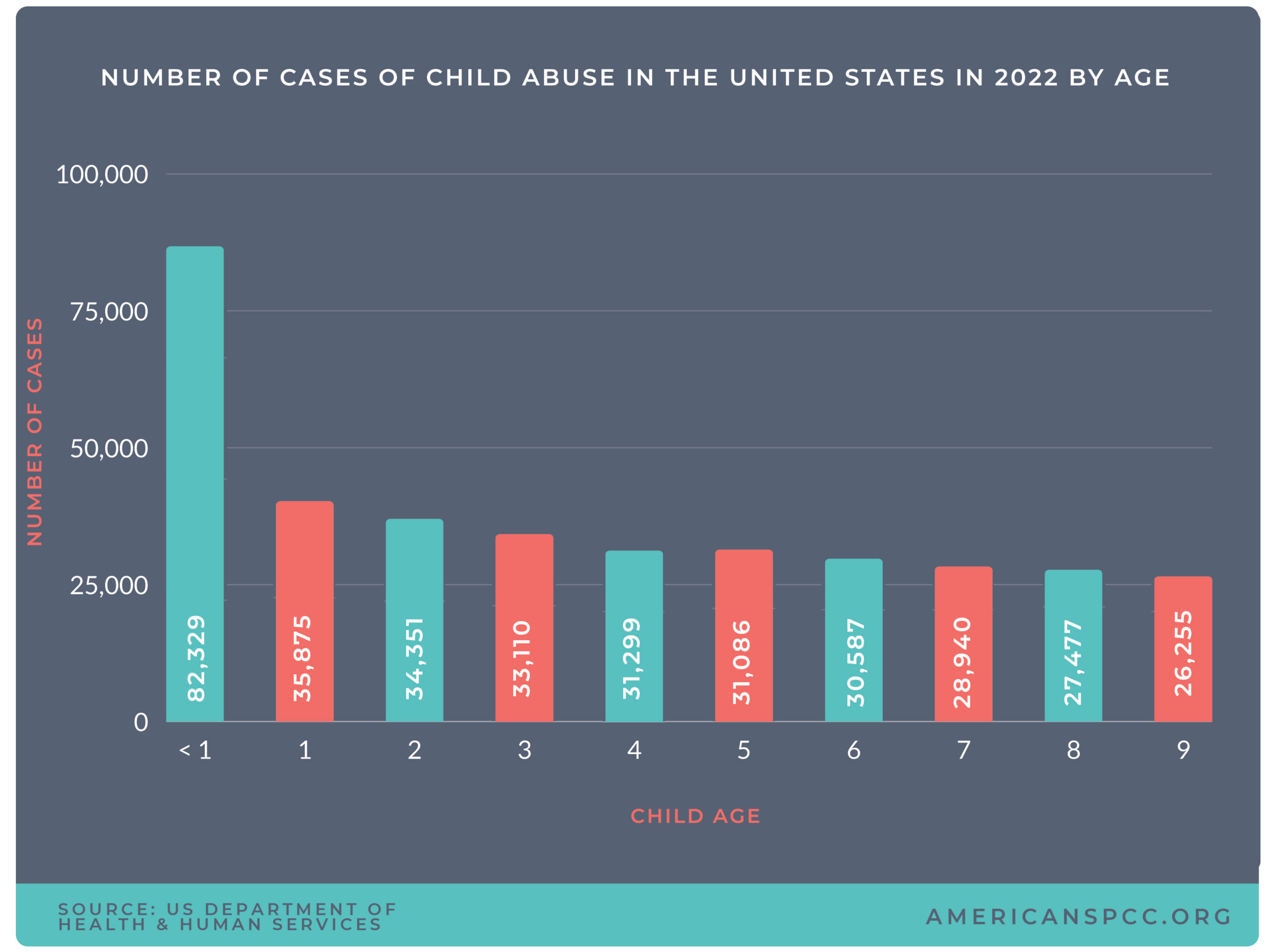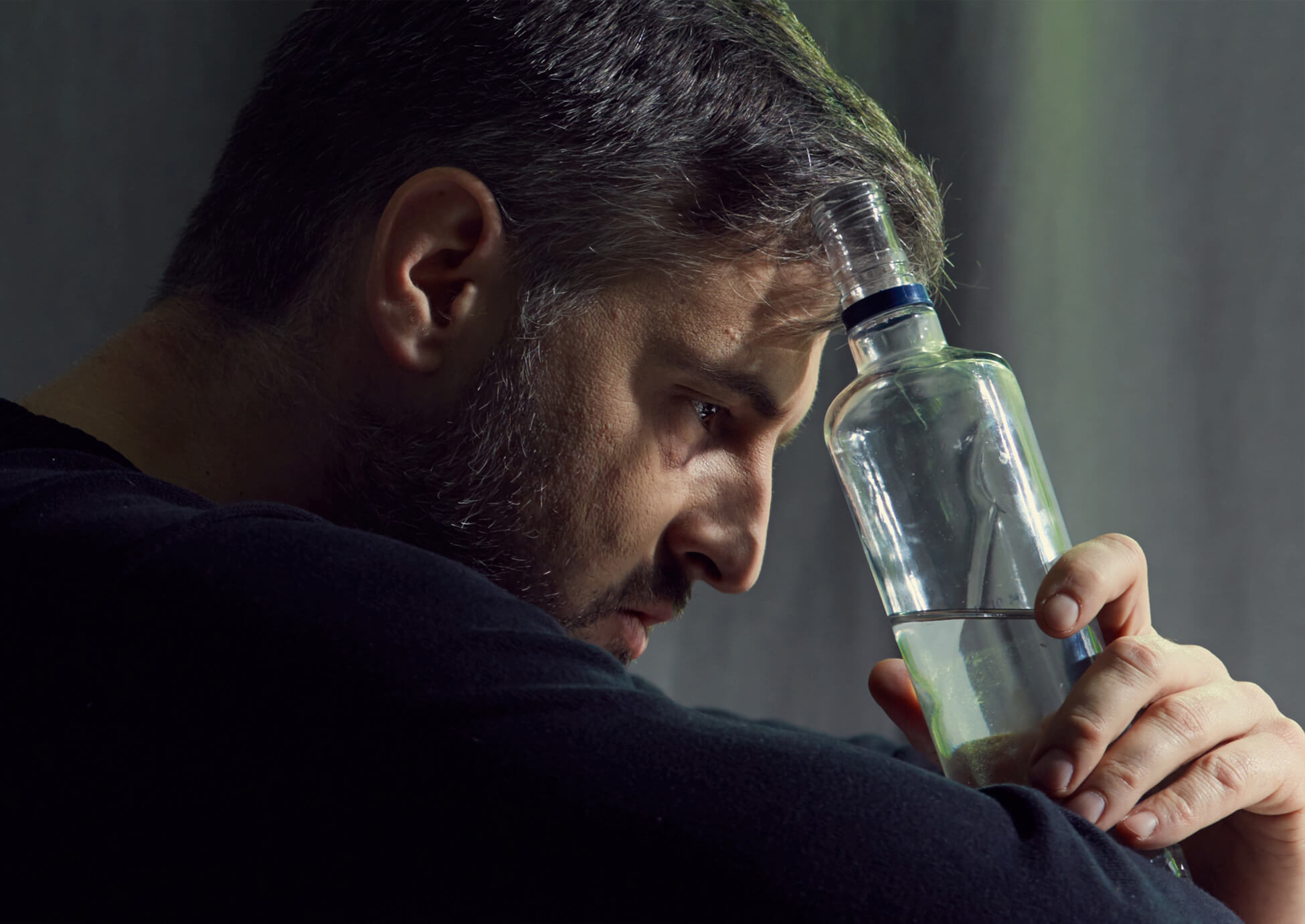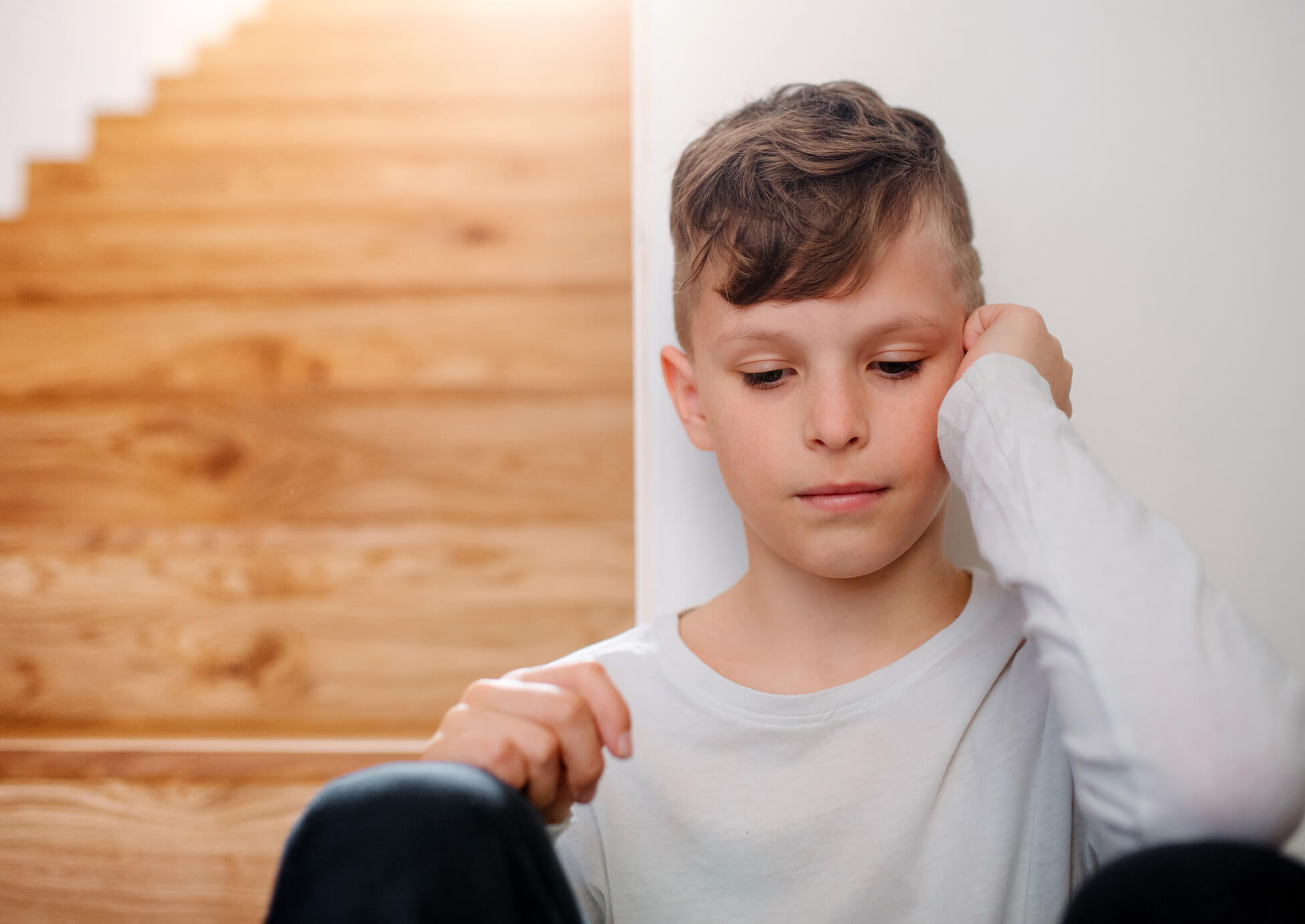Child Maltreatment Statistics
Positive parenting leads to positive futures for generations to come.
American SPCC provides parenting education and support as the most effective way to support families and nurture children.
The following resources are made possible through contributions by child and family advocates like you.

National Child Maltreatment Statistics
The statistics of child maltreatment and neglect show the severity of the problem.
- 4.276 million child maltreatment referral reports received in 2022.
- Child abuse reports involved 7.5 million children.
- 89.0% of victims are maltreated by one or both parents.
- Only 3.096 million children received prevention & post-response services.
- 145,449 children received foster care services.
- 415,445 victims (74.3%) are neglected.
- 95,026 victims (17%) are physically abused.
- 59,044 victims (10.6%) are sexually abused.
- 38,030 victims (6.8%) are psychologically maltreated.
- Highest rate of child abuse in children under age one (22.2 per 1,000).
- Annual estimate: 1,990 children died from abuse and neglect in 2022.
- Five children die every day from child abuse.
- Sixty-Six (66.1%) percent of all child fatalities were younger than 3 years old.
- 81.8% of child fatalities involve at least one parent.
- Of the children who died, 76.4% suffered child neglect.
- Of the children who died, 42.1% suffered physical abuse either exclusively or in combination with another maltreatment type.
- 44.7% of children who die from child abuse are under one year.
- Boys had a higher child fatality rate than girls (3.26 boys & 2.25 girls per 100,000)
- Almost 59,044 children are sexually abused.
- For 2022, 36 states report 1,084 unique victims of sex trafficking.
- For victims of the sex trafficking maltreatment type, the majority (87.3%) are female and 11.5 percent are male.
- It is estimated that between 50-60% of maltreatment fatalities are not recorded on death certificates.
- Child abuse crosses all socioeconomic and educational levels, religions, and ethnic and cultural groups.
- 14% of all men in prison and 36% of women in prison in the USA were abused as children, about twice the frequency seen in the general population.
- Children who experience child abuse and neglect are approximately 9 times more likely to become involved in criminal activity.


CONSEQUENCES & RISK FACTORS
Child neglect and maltreatment are likely to create consequences for victims later in life.
- Abused children are 25% more likely to experience teen pregnancy.
- Abused teens are more likely to engage in sexual risk taking behaviors, putting them at greater risk for STDs.
- About 30% of abused and neglected children will later abuse their own children, continuing the horrible cycle of abuse.
- In at least one study, about 80% of 21 year olds who were abused as children met criteria for at least one psychological disorder.
- The financial cost of child abuse and neglect in the United States is estimated at $585 billion.
EFFECTS OF PARENTAL ALCOHOLISM AND SUBSTANCE ABUSE
In 2019, the percent of victims of child maltreatment with caregivers who abused alcohol or other substances increased. There is a strong statistical link between child maltreatment and parental substance abuse.
The effects of parental alcoholism and substance abuse on children can be large and long-lasting. Drug and/or alcohol abuse by parents and caregivers can often result in neglect of the children and threatened abuse.
Learn more about substance abuse here.


EFFECTS OF PARENTAL ALCOHOLISM AND SUBSTANCE ABUSE
In 2019, the percent of victims of child maltreatment with caregivers who abused alcohol or other substances increased. There is a strong statistical link between child maltreatment and parental substance abuse.
The effects of parental alcoholism and substance abuse on children can be large and long-lasting. Drug and/or alcohol abuse by parents and caregivers can often result in neglect of the children and threatened abuse.
Learn more about substance abuse here.

SUBSTANCE ABUSE AND CHILD MALTREATMENT: CONSEQUENCES & RISK FACTORS
Statistics show that a common effect of parental alcoholism and substance abuse is child maltreatment, including physical abuse and child neglect.
- 1/3 to 2/3 of child maltreatment cases involve substance use to some degree.
- In one study, children whose parents abuse alcohol and other drugs were three times more likely to be abused and more than four times more likely to be neglected than children from non-abusing families.
- Two-thirds of the people in treatment for drug abuse report being abused or neglected as children.
- More than a third of adolescents with a report of abuse or neglect will have a substance use disorder before their 18th birthday, three times as likely as those without a report of abuse or neglect.
- 15.2% of children have a parent/caregiver alcohol abuse risk factor.
- 23.8% of children have a parent/caregiver drug abuse risk factor.
- 26.5% of children have a domestic violence abuse risk factor.
OPIOID CRISIS & EFFECTS OF PARENTAL SUBSTANCE ABUSE ON CHILDREN
The statistics of child neglect and of parental opioid and other substance abuse are inextricably linked. Parental opioid abuse can have devastating effects on children. The early trauma exposure makes children more likely to suffer mental health disorders, including substance abuse and post-traumatic stress disorder later on in their lives. Breaking the cycle requires a multifaceted approach that involves strong support systems and a comprehensive opioid dependency treatment to protect children from the repercussions of parental substance abuse.
Parental substance abuse can be a more subtle form of child maltreatment. A 2015 study from the National Institutes of Health found children exposed to opiates during pregnancy suffer from behavior and attention problems. Such children require therapy and often, specially licensed and trained foster families. States have indicated that they are struggling to recruit qualified foster families to home children with behavioral and attention issues.
The increase in the number of children in foster care occurs at the same time as the increase in the percentage of children entering foster care due to parental substance abuse. Anecdotal evidence and expert opinion link this increase to the parallel rise in parental opioid addiction and overdoses. One-third of children entering foster care in 2016 were due at least in part to parental drug abuse—an increase of nearly 50 percent since 2005.
Child neglect, which is often a result of substance abuse, is the leading reason for foster care entry. Child neglect was the finding in 61 percent of child maltreatment cases.
Child abuse and neglect linked to early death in adulthood
Children who experience sexual or physical abuse or are neglected are more likely to die prematurely as adults.

- Adults who reported experiencing sexual abuse by the age of 16 had a 2.6 times higher risk of dying in middle age (between ages 45 and 58) than those who did not report sexual abuse.
- Adults who reported experiencing physical abuse by 16, had a 1.7 times higher risk of premature death.
- Those who experienced neglect, had a 1.4 times higher risk.
- Children who are neglected have a 43% higher risk of dying early in adulthood.
The researchers also looked at the link between early-life socioeconomic disadvantage and early death.
- They found that those who were disadvantaged at birth (that is, those whose father’s job was classed as unskilled manual labour) had a 1.9 times higher risk of premature mortality than other socioeconomic groups.
References & Sources
- Child Maltreatment 2021 & 2022 Report – Children’s Bureau, An Office of the Administration for Children & Families
- U.S. Dept. of Justice
- Hawkins, D. L., Pepler, D., and Craig, W. M. (2001). Peer interventions in playground bullying. Social Development, 10, 512-527.
- National Center for Education Statistics and Bureau of Justice Statistics, SCHOOL CRIME SUPPLEMENT, 2008–2009
- Centers for Disease Control and Prevention, YOUTH RISK BEHAVIOR SURVEILLANCE SYSTEM, 2011
- Bradshaw, C.P., Sawyer, A.L., & O’Brennan, L.M. (2007). Bullying and peer victimization at school: Perceptual differences between students and school staff. School Psychology Review, 36 (3), 361-382.
- Bradshaw, C.P., Sawyer, A.L., & O’Brennan, L.M. (2007). Bullying and peer victimization at school: Perceptual differences between students and school staff. School Psychology Review, 36 (3), 361-382.
- Bradshaw, C.P., Sawyer, A.L., & O’Brennan, L.M. (2007). Bullying and peer victimization at school: Perceptual differences between students and school staff. School Psychology Review, 36 (3), 361-382.
- National Center for Education Statistics and Bureau of Justice Statistics, SCHOOL CRIME SUPPLEMENT, 2008–2009
- Centers for Disease Control and Prevention, YOUTH RISK BEHAVIOR SURVEILLANCE SYSTEM, 2011.
- Kosciw, J. G., Greytak, E. A., Bartkiewicz, M. J., Boesen, M. J., & Palmer, N. A. (2012). The 2011 National School Climate Survey: The experiences of lesbian, gay, bisexual and transgender youth in our nation’s schools. New York: GLSEN.
- AT RISK GROUPS
- YOUTH WITH DISABILITIES
- https://www.sciencedaily.com/releases/2021/09/210923115627.htm
FEDERALLY COLLECTED DATA REPORTS
2011 Youth Risk Behavior Surveillance System (Centers for Disease Control and Prevention).
The 2008–2009 School Crime Supplement (National Center for Education Statistics and Bureau of Justice Statistics).
Resources like these are provided by American SPCC – a national nonprofit dedicated to building positive childhoods for all children by empowering parents and caregivers with research-backed education and support.
This work is made possible by passionate donors and community advocates. Learn how you can get involved and support the mission here.
Our Lessons are available for Offline learning!
Previous Section
Parenting Resource Center
Child Maltreatment Statistics
Next Section

